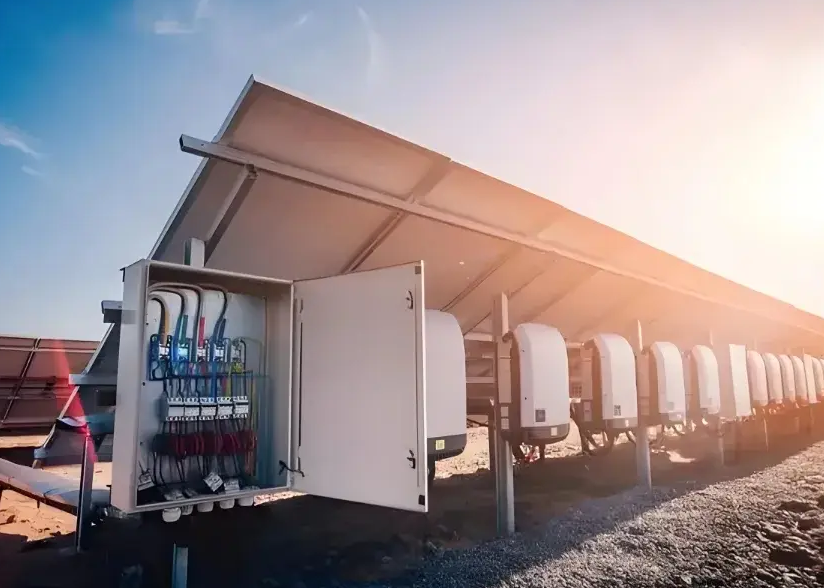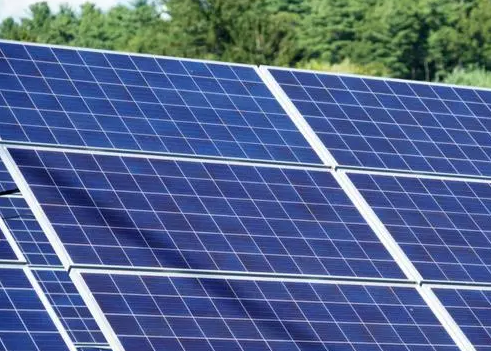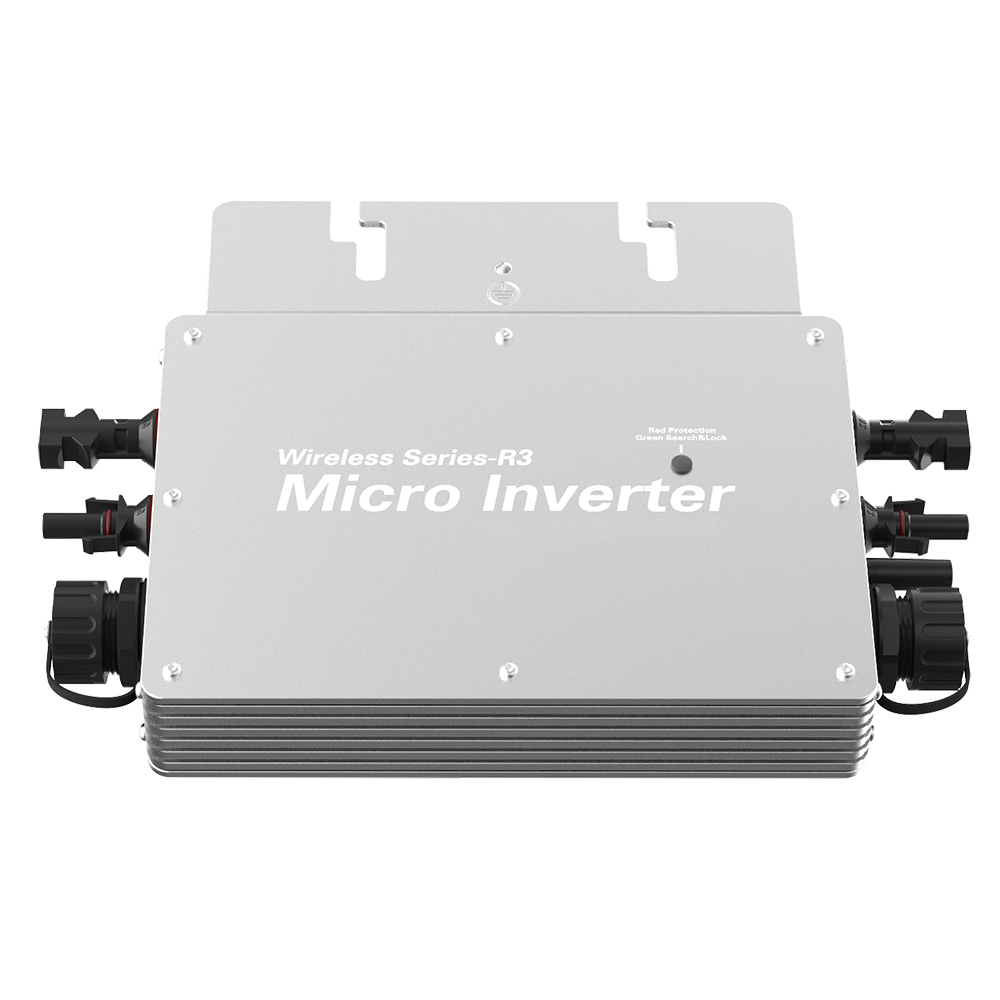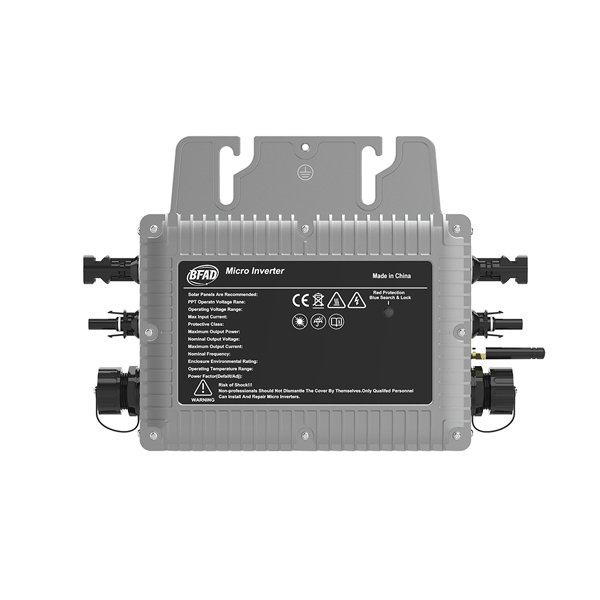
The photovoltaic grid-connected inverter is the key equipment in the photovoltaic power generation system, which can convert solar energy into direct current, and then convert direct current into alternating current and connect with the grid. However, for some people, they have some wrong understanding of photovoltaic grid-connected inverters. Next, I will introduce the three misunderstandings of photovoltaic grid-connected inverters:
The first mistake is to think that the inverter is just a simple conversion device. In fact, the inverter is a very complex electronic device, which includes a number of circuits and control systems, which can convert the direct current collected by the solar panel into alternating current, and can monitor and control current, voltage and other parameters to ensure the stable operation of the system. The inverter also has the function of big data acquisition and monitoring, which can monitor the operating status of the system in real time, troubleshoot and maintain the system in time, and ensure the safe and reliable operation of the system.
The second misunderstanding is that the inverter has a long service life and does not require frequent maintenance. Although the inverter is designed to have a long service life, usually able to reach 10 years or more, but in the actual use of the process, the inverter also needs regular maintenance and maintenance. For example, it is necessary to clean the dust and dirt on the surface of the inverter and repair the damaged circuit components in time to ensure the stability and reliability of the system. At the same time, the working environment of the inverter will also affect its service life, and it is necessary to avoid use in harsh environments such as high temperature and humidity to ensure the performance and life of the inverter.
The third misunderstanding is that the greater the power of the inverter, the better. When purchasing an inverter, some people may think that the more power the inverter can output more electricity, so as to obtain higher power generation efficiency. However, in fact, the power of the inverter should be selected according to the actual situation, too large or too small inverter will affect the power generation efficiency and stability of the system. Although a large inverter can output more power, the photovoltaic panels of the system may not be able to meet its output power, resulting in a reduction in the efficiency of the system; However, too small inverter may not be able to meet the power generation needs of the system, affecting the overall power generation efficiency of the system.
In summary, to understand the working principle and characteristics of photovoltaic grid-connected inverters, avoid the above misunderstandings, help to better choose the appropriate inverter, and ensure the normal operation of the photovoltaic system and power generation efficiency.



